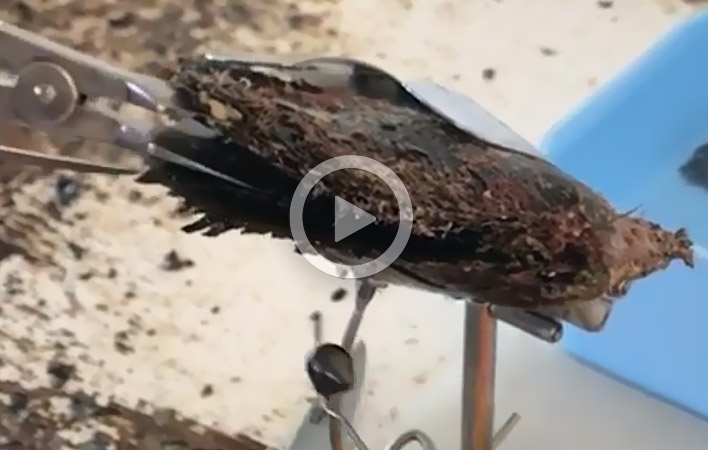
Pearls
Pearls are among the oldest pieces of jewellery known to man. They have always aroused mystery and fascination. Pearls are formed in nature under circumstances that have not been clarified exactly. The earlier assumption that a grain of sand that has penetrated the shell is the trigger for the formation of a pearl is today rejected by the majority of scientists. It is assumed that a grain of sand does not cause any problems for an animal like the mollusk that is adapted to life on the ground. In any case, pearls are the only crystals that can be produced by the animal kingdom.
-
Types fo pearls
-
Die Natürliche Perle
Es kann geschehen, dass sich ein Korallenstaubkorn, ein Parasit oder etwas anderes ins Innere einer Muschel oder Auster festsetzt. Wenn dieser nicht ausgestoßen wird, bildet das Weichtier als Reaktion auf diese Irritation schichtweise konzentrierte Perlmuttmasse um den Fremdkörper und formt so eine Perle. Das Perlmutt besteht hauptsächlich aus Aragonit-Kristallen, in denen sich das Licht reflektiert, welche ihr sein Widerschein verleiht.
Um eine einzige natürliche Perle von guter Qualität zu finden, musste man früher oft über 1000 Austern öffnen. Dies machte sie selten und teuer. -
Die Zuchtperle
Die Zuchtperlen kamen im Laufe des 20. Jahrhunderts in Japan zum ersten Mal zum Vorschein, als Kochki Mikimoto auf die Idee kam, Austern zu okulieren. Die Methode bestand darin, in einem Weichtier einen Kern Perlmutt und neben dem einen Pfröpfling von einer Spender-Auster zu platzieren. Diese im Meer verwendete Technik wird auch in den Perlenfarmen Australiens, Indonesiens, der Philippinen, und von Tahiti genutzt. Für die Herstellung von Perlen im Süßwasser gibt es eine andere Prozedur: man implantiert in eine Muschel zwischen den Mantel und der Schale mehrere Pfröpflinge einer anderen Muschel. Durch diesen verschiedenen Herstellungsmethoden gibt es Perlen so viel verschiedene Formen, Größen und Farben, dass sie fast jeden verführen.
-
Akoya-Perlen
Auster: Pinctada (Futaca) Martensi misst zwischen 8 und 10 cm
Herkunft: Japan und China
Größe: 2 bis10 mm, meist zwischen 6 und 8 mm
Farbe: Creme-weiß, gelblich, rosa, weiß, weiß-silber, grau und schwarz
Form: Barock bis perfekt Rund
Geschichte:- 1907 - Kochki Mikimoto erhält ein Patent für seine Zuchtprozedur
- 1910 - Erste Perlenfarmen in Japan
- 1990 - Anfang der Ernten in China
-
Südmeer-Perlen
Auster: Pinctada Maxima misst ungefähr 30 cm
Herkunft: Australien, Indonesien, Philippinen und Birma
Größe: 10 bis 16 mm
Farbe: grau, weiß, gelb und Gold
Form: Barock, Birne, Knopf und Rund
Geschichte:- 1950 - Erste Ernte auf den Philippinen
- 1956 - Der Anbau wächst in der Region von Kuri Bay, in Australien
-
Tahiti-Perlen
Auster: Pinctada Margaritifera, misst bis zu 30 cm
Herkunft: Französisch-Polynesien
Größe: zwischen 8 und 15 mm
Farbe: Barock, Knopf, Birne und Rund
Geschichte: 1965 - Erste Ernte auf Tahiti -
Süßwasser-Perlen
Muscheln:
- Japan - Hyriopsis Schlegeli
- China - Cristaria Plicata: kleine Perlen
- Hytiopsis Cumingi: Perlen aller Größen
Herkunft:
- Japan- Biwasee
- China - Seen in den Gegenden von Zhejiang und Jiangsu
Größe: 2 bis 15 mm
Farbe: Weiß, rosa, orange violett (Es gibt aber auch gefärbte Perlen in allen Farben)
Form: Rund, Barock, Reiskorn, Oval, Birne, Knopf und noch vieles mehr
Geschichte:- 1925 - Erste Ernte in Japan
- 1968 - Anfang der Ernten in China
-
Die Natürliche Perle
-
QUALITY CRITERIA
Shine ( Gloss)
The property created by the reflection of light on the surface of the pearl. It can be excellent, good, medium or bad. The lustre of a pearl should not be confused with its oriental aspect, the phenomenon of light that penetrates deep into the mass.
Surface
The value of a pearl depends on its surface, which can be perfect, almost perfect or imperfect (engraved). However, small impurities are quite normal, as pearls are a product of nature.
Shape
The pearl differs in different categories of shape, from baroque to round. The rounder the pearl, the greater its value.
Colour
Several natural factors determine the colour of the pearl: the type of oyster, the environment, the graft and, of course, chance. There are countless nuances. In the end, no pearl is preferable to another.
Size
The diameter of a bead is expressed in millimetres. For the same quality, the larger the diameter, the higher the price.
-
MAINTENANCE of PEARLS
The main enemies of the pearl
Perfume, cosmetic products, and sweat damage its beauty. It is preferable to put on your pearl necklace only after you have put on make-up and perfume, otherwise you can damage the pearls.To better preserve your pearls
It is recommended to keep the beads wrapped in a soft cloth and separate from other jewellery to avoid damaging the surface of the beads. You can clean your pearls by rubbing them with a slightly damp chamois cloth. As a goldsmith I recommend that you wear your necklace at least once or twice a year, as the thread can break if it is not regularly maintained. On contact with the skin and air, the pearls hydrate themselves and thus naturally retain their charm.
